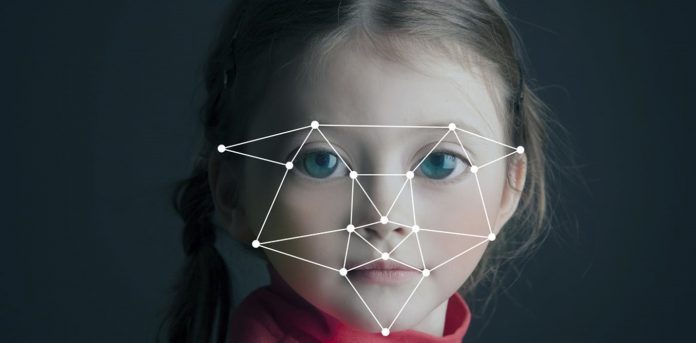A research group at the Applied Mathematics Department at the University of Waterloo has developed a new ASD detection technique that distinguishes different eye-gaze patterns to help doctors more quickly and accurately detect ASD in children.
The research team did this because there are so many benefits of early ASD diagnosis and intervention. Studies have found that interventions implemented before age four are associated with significant gains in cognition, language and adaptive behavior. Similarly, researchers have linked the implementation of early interventions in ASD with improvements in daily living skills and social behavior. Conversely, late diagnosis is associated with increased parental stress and delays early intervention, which is critical to positive outcomes over time.
Imagine that your son Tommy is about to turn two. He is a shy and sweet little boy, but his behaviors can be unpredictable. He throws the worst temper tantrums, sometimes crying and screaming inconsolably for an hour. The smallest changes in routines can throw him off.
Related article: Autism In Africa
Is this a bad case of the so-called “terrible twos”? Should you give Tommy some time to grow out of this phase? Or, are these signs of autism spectrum disorder (ASD) — the neurodevelopmental disorder that affects around two per cent of the population, the equivalent of about one or two children on a full school bus? And how will you find out? Symptoms of ASD typically appear in the first two years of life and affect the child’s ability to function socially. Although current treatments vary, most interventions focus on managing behaviour and improving social and communication skills. Because the capacity for change is greater the younger the child is, one can expect the best outcomes if diagnosis and intervention are made early in life.
Assessment of ASD includes a medical and neurological examination, an in-depth questionnaire about the child’s family history, behaviour and development or an evaluation from a psychologist.
Unfortunately, these diagnostic approaches are not really toddler-friendly and can be expensive. One can imagine that it is much easier for children to just look at something, like the animated face of a dog, than to answer questions in a questionnaire or be evaluated by a psychologist. Read more…




